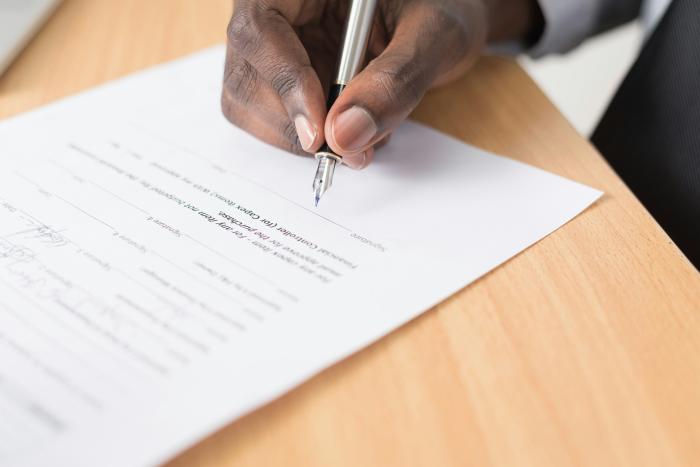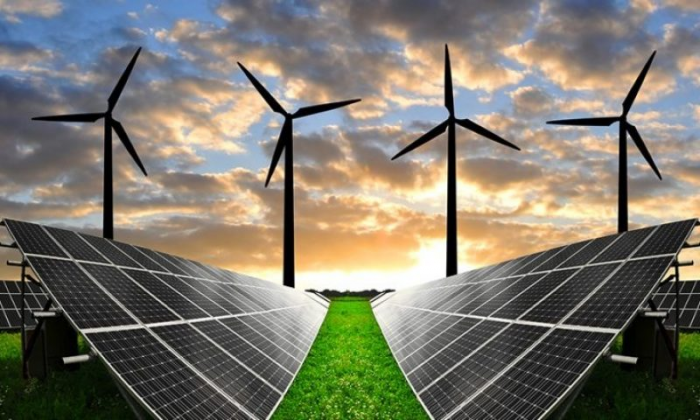Summary
Denmark expects to achieve a renewable share of total energy consumption of 74 per cent by 2030. The share of renewable energy use in electricity production (RES-E) was 79 per cent in 2023. It is expected to exceed 100 per cent in 2028. In the heating and cooling sector, the share of renewable energy (RES-H&C) is expected to reach 81 per cent in 2030. Share of innovative renewable energy sources, such as geothermal, large heat pumps for production of district heating, PtX, exploratory wind turbines, renewable generation associated with energy islands, storage capacity for stocks linked to wind turbines and photovoltaic parks, seasonal storage for solar thermal, and pyrolysis gas, is expected to be 24 per cent in 2030, exceeding the 5 per cent target (NECP Denmark, 2024).
This section covers the permitting and authorization process for offshore wind, onshore wind, ground-mounted solar PV, and rooftop solar PV. These technologies have been chosen as the most relevant in the Danish NECP. Offshore wind is expected to increase from 24 per cent in 2022 to 65 per cent in 2030 (NECP Denmark, 2023). It has been decided to establish two so-called “energy islands” with a total capacity of 5 GW by 2030, which will further increase the share of renewable energy from offshore wind turbines (NECP Denmark, 2019; Climate Agreement, 2020). Solar is expected to account for 46 per cent of the renewable energy share in the electricity sector in 2040 – an increase from 6 per cent in 2022(NECP Denmark 2023). The expansion towards 2030 is generally expected to be mostly covered by utility-size ground-mounted plants, but as especially the larger rooftop solar PV installations placed on commercial and industrial buildings also offer significant growth opportunities, both forms are covered (NECP Denmark, 2019).
With the 2022 Climate Agreement on Green Power and Heat, an agreement was reached to launch a service check and analysis work to remove regulatory barriers and shorten authorization processes for the development of offshore wind. Additionally, a number of initiatives for faster planning processes in municipalities connected to onshore wind were launched. Multiple actions for simplifying permit-granting process for both onnshore and offshore installations have been taken as well as establishin one-stop shops-Danish Energy Agency (NECP Denmark, 2024).
Sequential order of process steps
1. Site selection 2. Electricity Production License 3. Application preparation process (wind energy offshore only) 4. Administrative authorization 5. Grid connection
Competent authorities
- DEA
- DEPA
- Minister for Climate, Energy and Utilities
- Municipal councils
- DTCHA
- DCA
- Conservation Board of Appeals
- DMA
- DCD
- DSOs
- TSO


